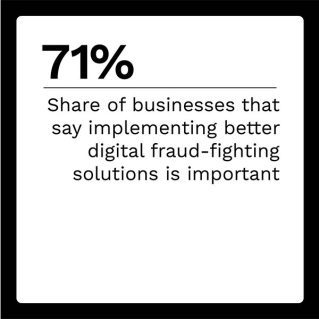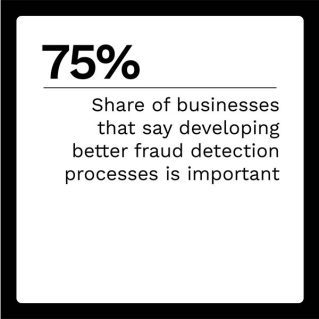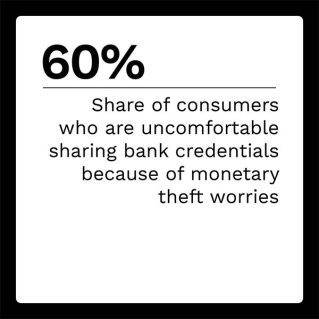Where consumers once had to wait for payments to post, they now expect their money to move instantly between accounts. Maximum money mobility is the new imperative of a digital-first economy, but the faster money moves, the greater the risk of fraud. Despite these risks, consumers typically exhibit a certain degree of pushback to fraud-prevention measures, especially if these safeguards introduce friction into the customer experience.
This edition of the Money Mobility Tracker®, a PYMNTS and Ingo Money collaboration, examines how financial institutions (FIs) can adopt security, anti-money laundering (AML) and anti-fraud measures during critical parts of the customer journey — including onboarding, account opening and funds transfer — while streamlining the customer experience to move money seamlessly.
Around the Money Mobility Space
More than half of consumers in the United Kingdom would jump ship from their banks and switch to another provider if the bank was found to be involved in money laundering, according to research from global analytics software provider FICO. These findings indicated that this sort of scandal could be catastrophic for an FI and result in a mass defection of customers. These customers look to banks to protect them, yet 20% of 25- to 34-year-olds said that banks are not fair when scammers manage to wrong their customers. Meanwhile, 15% of U.K. consumers who hold a credit or debit card said they believe current attempts by banks to handle credit or debit fraud are also unfair to consumers.
Security professionals fighting fraud on the frontlines would like to see their employers invest more in fraud prevention solutions and keeping their identities safe, one study shows. A significant share — 81% of these workers — believe FIs could do more to fight fraud, and 34% think the most important investments an FI could make are in new tools to combat crime. The tech that fraudsters have access to is better than the tools banks leverage to stop them, according to 65% of respondents, and 46% say they do not have the resources necessary to do so effectively. Forty-six percent also say they lack the data needed for fraud mitigation after the fact.
For more on these and other stories, visit the Tracker’s News and Trends.
Grasshopper on Offering Frictionless Money Mobility
The old truism is that organizations must sacrifice either money mobility or security. But that’s not so, according to Chris Mastrangelo, chief compliance officer at Grasshopper, a digital bank with a customer-centric edge. FIs don’t have to choose if they build the right platforms and prioritize the customer at every step.
In this month’s Feature Story, find out what happens when FIs go out of their way to seek out the right technologies, train all departments to detect fraud, hire employees as obsessed with customer experience as the organization’s leadership is and build partnerships with other organizations that also value both customer experience and security.
Fighting Fraud While Ensuring Money Mobility
Balancing security with seamlessness is a formidable assignment, but fraud detection technology can allow FIs to identify fraud through passive verification, enabling money mobility that is both safe and seamless. Preventing fraud while ensuring money mobility can be daunting, and the complex modern risk landscape makes it even more challenging. But FIs are working hard to fight fraudsters while both educating consumers and ensuring their experiences remain friction-free.
This month, PYMNTS Intelligence examines how FIs can adopt appropriate security, AML and anti-fraud measures during critical parts of the customer journey — including onboarding, account opening and funds transfer — while keeping the customer experience as streamlined as possible.
About the Tracker
The Money Mobility Tracker® examines how FIs can adopt security, AML and anti-fraud measures during critical parts of the customer journey — including onboarding, account opening and funds transfer.

